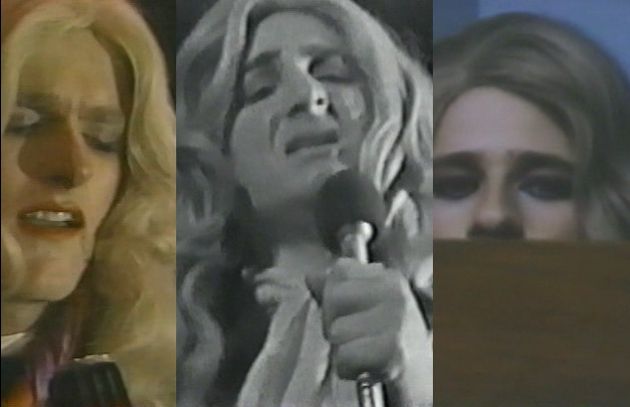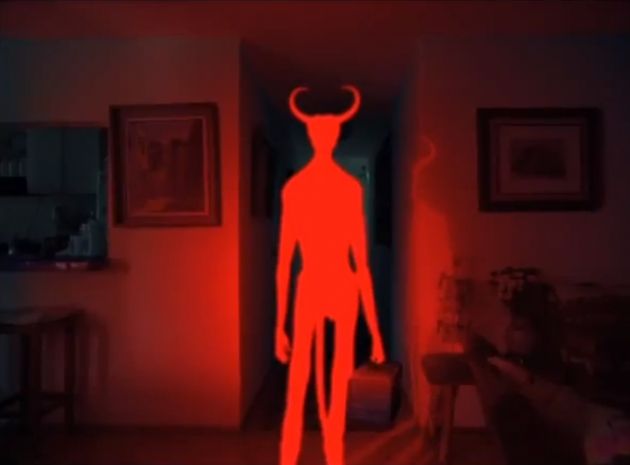
Comprised of three grainy shorts strung together, Trent Harris's the Beaver Trilogy is a fascinating artifact from the 80s. First one, The Beaver Kid #1 records a chance encounter with Gary the Beaver kid and Harris when he was testing a new 'video' camera in the parking lot of local 2 news station in Utah,1979. This overly enthusiastic young man, thinking he is on TV, starts doing bad impressions of John Wayne, Rocky and Barry Manilow. His nervous energy is palpable as he shows his white Chevy Impala's red velvet interior and the windows adorned with bad engravings of his idols- Farah Fawcett and Olivia Newton-John. The next scene is Harris reading the letter kid sent him. The kid arranged a talent show at a local High School, and he wants him to come down to film it. He is getting his make up done in a town's mortuary that morning for the show. So come on down. The show comprises of typical small town talent show. Nothing really special, until the Beaver kid, now Olivia Newton-Dawn, singing "Please, Don't Keep Me Waiting" in a high-pitched voice in full drag. After his number, he is carried out in the arms of some old man in grotesque makeup.
The first part feels like an absurd serial skit from a John Waters movie. Only, it is a documentary. The overall tone is not sad. Gary, a blonde, good looking 21 year old kid, comes across as a kid who never really has grown out of playing dressing-up in mom's clothes. There is an innocence and sweetness about him.
The Beaver Kid #2, shot in black and white video, is a shot-by-shot remake. Except it's young Sean Penn who is portraying Gary. He is dead on. But the whole thing has a sinister tone. Trent Harris is now Terrance, a sleazy TV man manipulating Gary in the sole purpose of making fun of him. At the end, Gary, feeling he might have made a fool of himself, tries to talk Terrance out of not airing the footage. Terrance says no. Gary puts the shotgun in his mouth, only to be saved by a phone call from a fan who thought his performance was funny.
The Orkly kid, now shot on film with higher production value, stars Crispin Glover as Larry from Orkly, Idaho. Same stuff. But Harris now provides some backgrounds in the kid's life. He is an outsider who gets bullied around, a butt of a joke in a small town. He surprises everyone with his Olivia Nutron Bomb on stage which he thought was hysterical but ends up being accused of a fruit. But the third one also has a tacked on, heavy handed, "I am what I am, and proud of it," happy ending.
It doesn't hit you as a great movie or anything until you hear the This American Life episode featuring Harris, explaining how this 1979, 81 and 85 shot shorts were gathering dust in his closet then decided to put them together in 2001 as a whole film and why he made it three times. Listen to the This American Life episode:
http://www.thisamericanlife.org/radio-archives/episode/226/reruns
It's Act One.
The Beaver Trilogy plays as part of traveling retro of Trent Harris, tomorrow at 92y Tribeca, 7:30pm. Harris will be in person for post-screening Q & A moderated by Starlee Kine.
